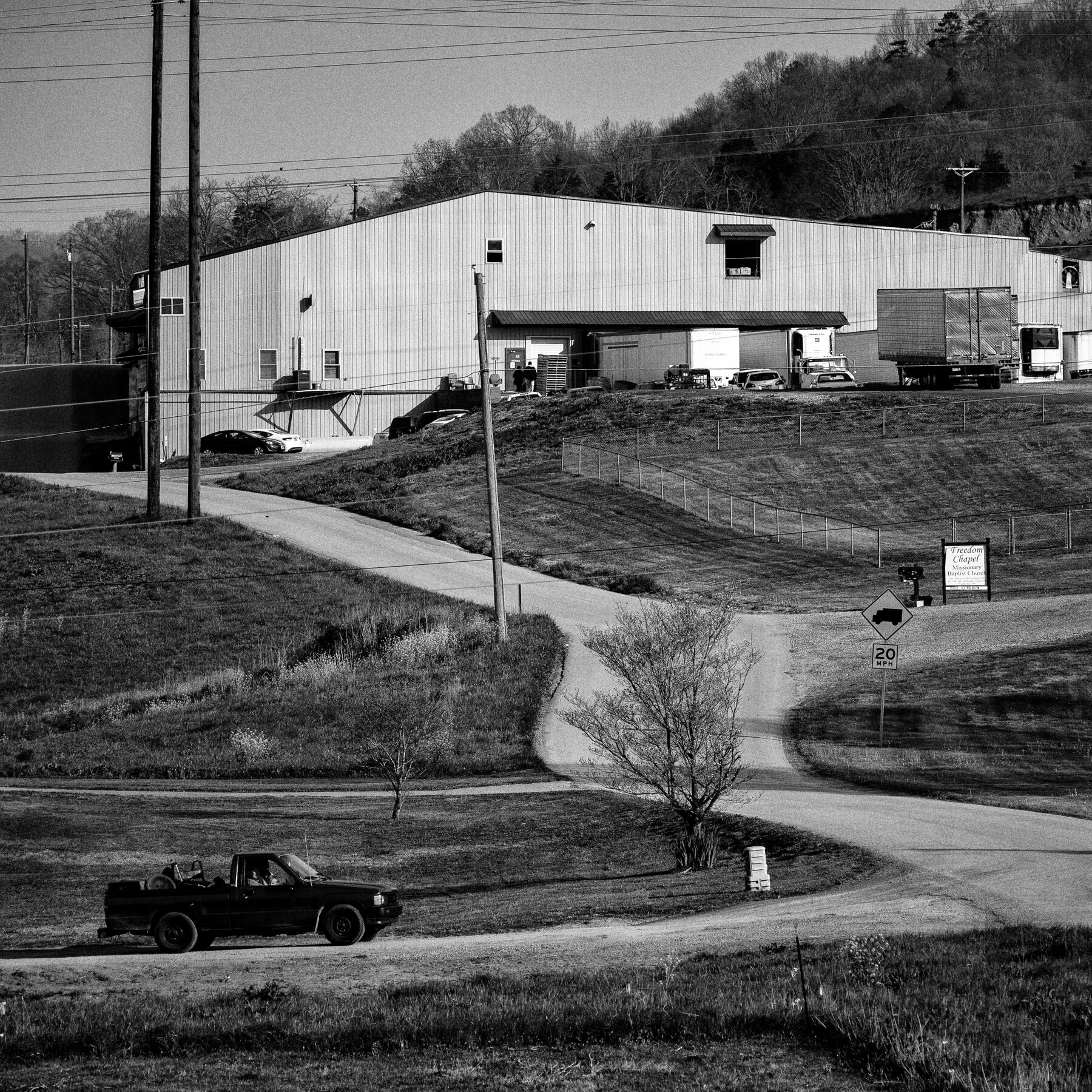For SMEs, truly understanding your customers is more than a nice perk; it’s essential. Think of customer journey mapping as your secret weapon to growth, customer retention, and standing out in crowded markets. It’s not just a tool for the big corporations anymore—it’s a game-changer for businesses of all sizes.
In this guide, we’ll break down what customer journey mapping is, why SMEs should care, and how to create one step-by-step, all in a way that makes sense for smaller businesses.
What’s customer journey mapping anyway?
Customer journey mapping is pretty much what it sounds like. It’s the process of mapping out all the interactions a customer has with your brand. From the first time they hear about you, through to post-purchase interactions (whether that’s a loyal fan or a frustrated one). In simpler terms, it’s like putting yourself in your customers’ shoes to see what works, what doesn’t, and where you can improve. The Harvard Business Review puts it best when it says, it’s about “seeing your business through your customers’ eyes.” For SMEs, this means identifying pain points that might be dragging your business down or finding ways to give your customers even more of what they love.
Why should SMEs care about this?
SMEs are often working with tighter budgets, smaller teams, and fewer resources. But that doesn’t mean you can’t be just as effective as the big players. In fact, mapping the customer journey can seriously help your bottom line. According to Forbes, companies that focus on customer experience tend to grow their revenue by 4-8% more than competitors. And for SMEs, that’s massive! The U.S. Small Business Administration says that keeping an existing customer costs five times less than acquiring a new one. So, mapping your customer journey not only helps you keep customers happy but also brings in more revenue by identifying weak spots (like slow website load times or clunky checkout processes) and fixing them.
The step-by-step guide to mapping your customer journey
Creating a customer journey map that works doesn’t require a huge budget or fancy software. This process is based on best practices but tailored to be practical for small teams like yours.
Step 1: Define Your Customer Personas
Start by getting clear on who your customers are. These personas are fictional profiles that represent your ideal customers, based on real data. For instance, if you run a local coffee shop, your personas could include a “Morning Commuter” who needs a quick coffee before work and a “Coffee Aficionado” who values high-quality drinks and the coffee experience. To build these personas, use free tools like Google Analytics or send out a short survey to your existing customers. A simple question like, “What brought you to us?” can give you valuable insights. HubSpot recommends keeping it to two or three personas to avoid being overwhelmed with data. source
Step 2: List Every Touchpoint
Touchpoints are all the moments when a customer interacts with your business. These can include anything from your website to your social media presence to in-person visits. The Customer Experience Professionals Association (CXPA) suggests mapping both online and offline touchpoints to get a full picture of the customer experience. For example, if you run a boutique clothing store, touchpoints could include Instagram ads, the storefront window display, or the thank-you note in customers’ shopping bags. To get even more details, ask your team about what they hear from customers daily—insights from the frontlines are incredibly valuable.
Step 3: Map the Stages of the Customer Journey
There are five key stages every customer goes through when interacting with your brand. According to McKinsey, these are: Awareness, Consideration, Purchase, Experience, and Loyalty. Awareness is the first stage, where customers learn about you—perhaps through a friend’s recommendation or a Google search. Consideration is when customers browse your website or check out reviews. Purchase is the moment they decide to make a buy. Experience relates to how they feel when using your product or service—whether it’s a positive or frustrating experience. Lastly, Loyalty is whether they return to you or recommend you to others. To map these stages, try using simple tools like a whiteboard or even Canva, which is free. You don’t need to invest in expensive software.
Step 4: Capture Emotions and Pain Points
At each stage of the journey, it’s important to capture how customers feel and what pain points they might experience. For example, if your coffee shop has long lines during peak hours, that’s a major pain point. But if your barista remembers a regular customer’s order, that’s a delightful moment. According to Forrester Research, emotions drive 50% of customer loyalty, which means understanding your customers’ feelings is crucial. To capture these emotions, ask for direct feedback from customers—whether through a simple one-question survey or just by chatting with them in person.
Step 5: Analyse and Act
Once your journey map is complete, take a step back and analyse it. Look for major gaps—where are you losing customers? Where can you improve? Well it helps prioritizing the most obvious issues first. For example, if your website loads slowly, fixing this should be your first move. Small wins matter a lot for SMEs, so even addressing things like slow email responses can have a big impact. Consider setting up an automated email response system that lets customers know when they can expect a reply.
Step 6: Test and Update
Customer needs evolve over time, so it’s important to revisit your journey map every six months. Inc. recommends treating the map as a living document rather than a one-time project. Tie your updates to quieter times of the year—like after the holiday rush for retail businesses—so that it doesn’t become overwhelming. By regularly updating your journey map, you’ll stay in tune with your customers’ changing preferences and continue to improve your overall customer experience.
ALSO READ: Let’s Talk: Personalization techniques to enhance customer experience
ALSO READ: Hiring worldwide? We examine 5 leading solutions
Keep up to date with our stories on LinkedIn, Twitter, Facebook and Instagram.
Customers slipping away? Journey mapping reveals how they feel. Fix pain points, boost satisfaction, and keep them coming back. Learn how News, Customer Dynamic Business









